1969 to 1988
Before I start on my Southern Oklahoma Ambulance Service story, I would like to recognize Rhonda Thomas who was director of the ambulance service until October 2005. Coming here from Marietta, Oklahoma in 1988, Rhonda took the SOAS from a basic ambulance service with only EMTs and First Responders, to a full fledged emergency medical service with Paramedics onboard every ambulance. Rhonda will always be recognized for this achievement and the quality of care she has brought to southern Oklahoma in the pre-hospital setting.
From 1970 to 1988 (1969 part-time), I worked at the Southern Oklahoma Ambulance Service here in Ardmore as a driver and EMT. Those were some of my best years. It was during this time I was fortunate to organize, incorporate and be the Founder of the Oklahoma Emergency Medical Technican Association. I served as it’s President until 1981. In 1981 when I stepped down as President, we had over 450 members all across Oklahoma. In May of 1982 I was honored with a plaque at the Annual Meeting held in Norman. I proudly display that plaque on my living room wall to this day.
I also was honored in 1975 to become an Incorporator and Founding member of the National Association of Emergency Medical Technicians. It guess it was just a stroke of luck that brought me and the soon to be formed National Association of EMTs together.
I remember it was December 1974 when I received a call from Rocco Morando, Executive Director of the National Registry of EMTs in Columbus, Ohio. The National Registry was the certifying body for EMTs in the United States. Rocco said he had called every state in the Union looking for EMT associations and could only find seven. Oklahoma was one of them. He asked if I would meet with him and representatives of the other 6 associations in Chicago for the purpose of forming a National Association of EMTs. I said yes! So, on January the 8, 1975 we met in Chicago, which would be the first of a series of meetings over the next year.
I had so many good experiences back then, with the formation of the National Association of EMTs. I met with so many fine people involved with emergency medicine from all across America. Let’s see, there was:
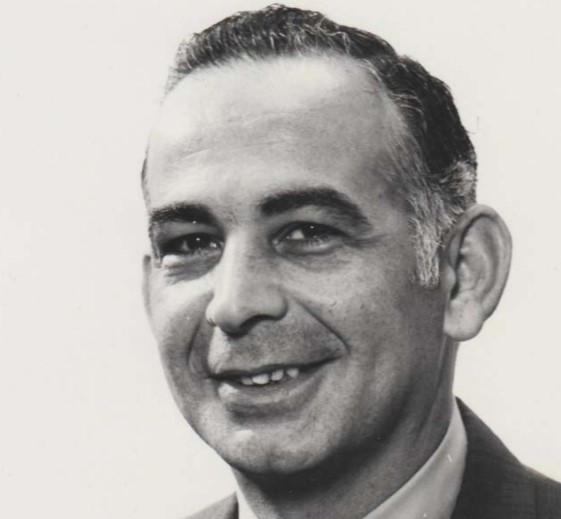
J.D. “Deke” Farrington, M.D. (retired and living in Florida) – Dr. Farrington would soon be distinguished as the “father of emergency medicine”. I remember Dr. Farrington telling us one day at a meeting, “I want to see paramedics on every ambulance in the country.”
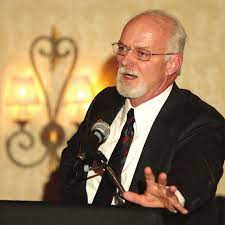
David R. Boyd, M.D.C.M. – Division of Emergency Medical Services, Department of Health, Education, and Welfare, Washington,. D.C.
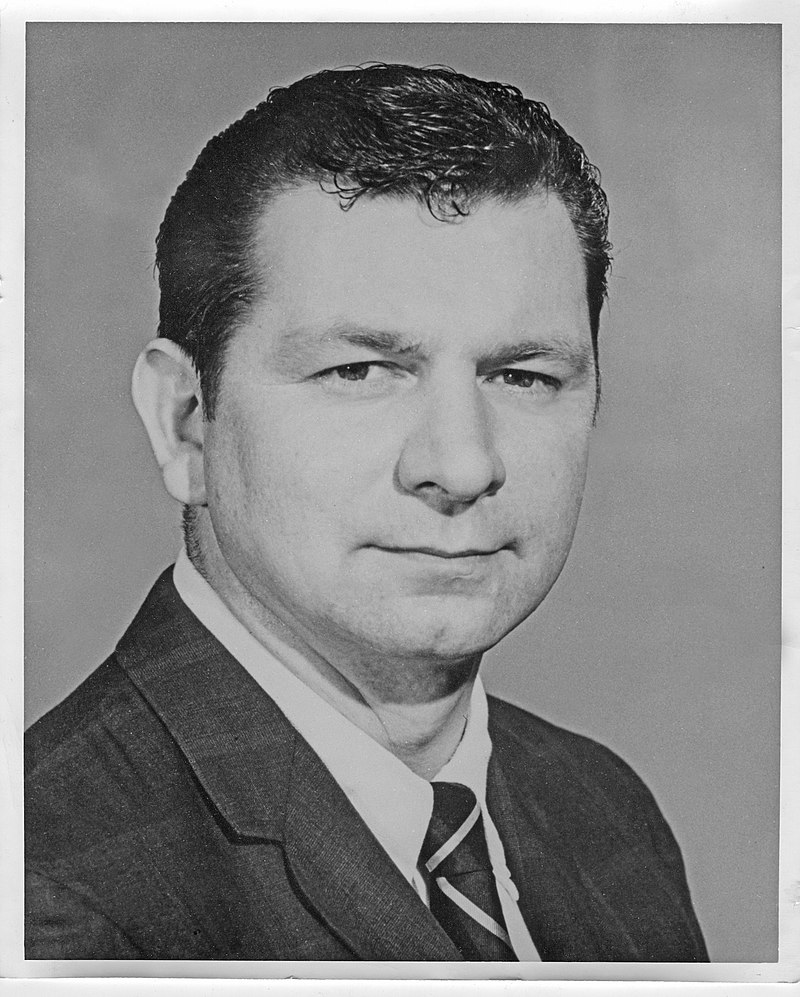
Norman McSwain, Jr. M.D. – Director, Kansas University EMT Training Program
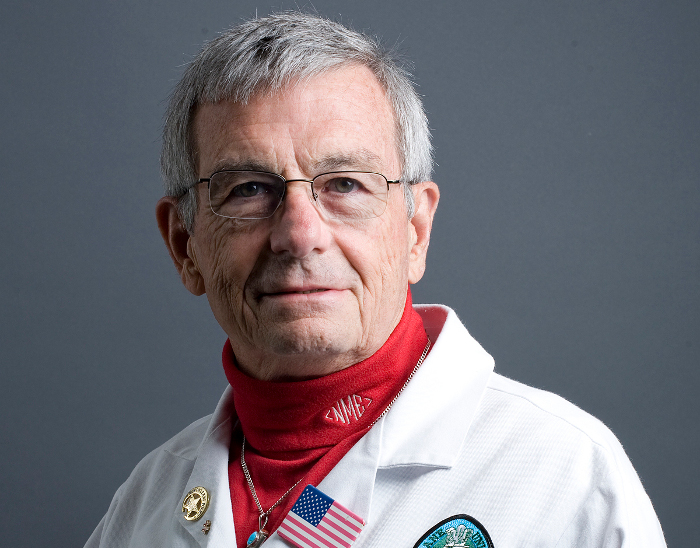
James O. Page., J.D. Executive Director of The ACT Foundation, Summerville, N.J.
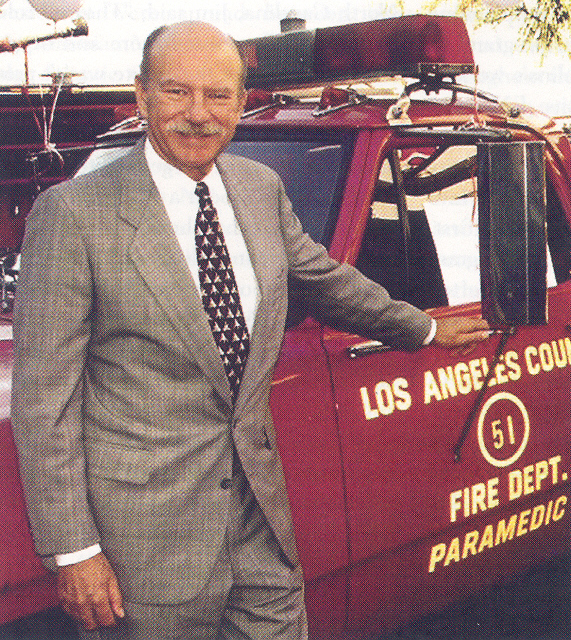
Roger D. White, M.D. – Board of Directors of the National Registry of EMTs, and with the Mayo Clinic, Rochester, Minn.
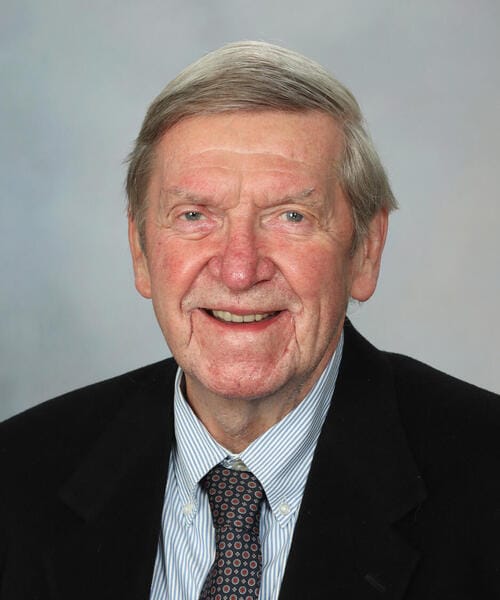
Jeffery S. Harris, REMT – Massachusetts Office of Emergency Medical Services, Boston. Jeff was our Secretary and handled most of the correspondence.
A. Roger Fox, REMT – an Oregon Paramedic, and president of his state association. Roger was our first National EMT Association President
And those 2 “radicals” from Florida, Robert L. Vansteenburg, REMT and his son, James R. Vansteenburg, REMT. I call these two “radicals” because they were always objecting to something on the agenda. Rocco and the VanSteenburgs seemed to always get into heated arguments at nearly every meeting of the board. You have to understand, that Florida already had an established State certification program for EMTs and they seen no real value in forcing their people to become a “nationally certified” EMT, pay another dues, take a “national test”, etc. At the beginning the Florida EMTs did not take part in the National Registry but in time they would and become very supportive members to the association.
Bob and Jim Vansteenburg of St Petersburg, Florida would become some of my best friends. After each meeting, us three would get together and go out on the town. I remember us going to China Town in San Francisco once. That was the greatest! And then there was the meeting at Columbus, Ohio. We wanted to get downtown to this really nice restaurant to eat that evening. Of course we had no transportation (we flew in) but learned there was a shuttle bus that went from the airport to this certain hotel which was across the street from the restaurant we wanted to go to. So, we told the driver we need to go to the hotel, of course, and he took us, and let us out in front of the hotel and he headed back to the airport. We just stood there for a minute outside the hotel, and as soon as the driver left, we went across the street and ate. When time to leave and go back to the airport, we walked across the street to the hotel, got on the courtesy phone, and asked for the driver to take us back to the airport. Gosh, I sure did learn a lot in those days about survivng in the “big city”!
Then there was our meetings at The Hilton Hotel at Chicago’s O’Hare airport. We met there several times over two years, because it was so easy to get from the plane to the meeting room and then back The Hilton was right next to the airport and we used the “moving sidewalk” (conveyor belt) to go back and forth on. Sometimes we would circle in the plane along with two dozen others for nearly an hour, waiting our turn to land. I think they told us there was a plane landing every two minutes at O’Hare.
There were other EMTs from across the country who made up our meetings, but I can’t remember their names right now.
I guess one of our proudest moments as a group was when we signed the contract with the C.V. Mosby company in St. Louis to produce our EMT Journal. Our first issue came out in March of 1977. Subscription rates for the Journal were $10.50 (4 issues a year) with a EMT newsletter published during the other months. I have several copies of that Volume 1 Number 1.
Wait a minute, I better back up here. In 1970 when I went to work for the ambulance service, there were no Emergency Medical Technicians on Oklahoma. We in Ardmore only had Basic First Aid training through the Red Cross. It was not until 1972 that the first EMT course was offered here. And I’m honored to be a part of that first course offered in Oklahoma. And also honored to be the local Course Coordinator for several subsequent courses offered here. Dr. Tom Sparks was the first Ardmore physician to initiate an EMT course.
I remember about 1973 setting up the first demonstration of a Hurst Tool (Jaws of Life) in Ardmore. Pudge Bowers, an instructor at Southeastern Oklahoma State University, had the nearest Hurst tool. I called Pudge, and he came over and put on a demonstration. Local wrecker driver Lee Brown provided us with the cars for practice. Pudge only asked for mileage and the association paid him $30.00 for his trip over from Durant. One sad note: In October 1982 Pudge Bowers was fishing along with a friend on the Glover River in McCurtain county. A couple of guys came up and robbed them, then shot them both. Their bodies were found the next day by searchers.
During my years with Ardmore’s Southern Oklahoma Ambulance Service (SOAS) from 1969 to 1986 there was hardly any guidelines to follow when transporting patients with contagious diseases. In the early 70s we barely had a Red Cross first aid kit and an oxygen bottle in the ambulance. Thank God times have changed now and the medics are much more protected and safe.
I remember a man we picked up one evening about 7 or 8pm at his apartment behind his TV & radio repair shop at East Main and E Street SE. He had been sick for several days. After we delivered him to Memorial ER, we returned to our office behind the Adventist Hospital.
About midnight our emergency phone rang, 223-1223, I answered. It was Dr. James Miller on the other end. He asked, “are you the guys who brought in Mr. Jones?” I replied, yes. Dr Miller said “you guys need to come to the ER and get a shot”, Mr. Jones has a contagious disease. So we got back in the ambulance and returned to the ER for our shots. I think that was the first time to ever happen to me, and I was nervous.
Another time we went over on Campbell Street NW and picked up the Medical Director of the Carter County Health Department. He had been sick for several days, running a high fever, and lethargic. He had a contagious disease and the next morning around 9am me and nurse Mary Hunt took him to the contagious disease unit of St. Anthony Hospital in OKC. I don’t know why this stands out in my mind, but I remember nurse Hunt taking a can of Lysol spray out every now and then on the way to OKC and spraying it around in space in the back of the ambulance. When the Memorial Hospital called the ambulance service, the nurse told us come ready to suit up completely from head to toe, it was that contagious.
Another time back in those days there was a patient at Memorial Hospital that had a “highly contagious” disease and come prepared. I helped our driver, Rodney Lawrence, put the patient on our stretcher, and take to the ambulance. Rodney transported her to a Dallas hospital.
The above incidents are just a few I remember, and were part of in some way. Like I said earlier, those were the days we didn’t really have guidelines to follow. I’m just thankful the medics of today are much more trained in personal protection in incidents like I’ve described and equipped to handle them and keep themselves safe and the patient.
Picture I took back around 1972 of our old ambulance office behind the Ardmore Adventist Hospital on 12th NW.
https://oklahomahistory.net/ttphotos22a/SOASambulanceOffice.jpg
I remember people asking me, “How did you get to be an ambulance driver” a lot of times back in the “70s. Well here’s my explanation: I had been stopping by the old ambulance office behind the Ardmore Adventist Hospital to just talk with the guys on duty. Let’s see, there was Bill Lewis, the Manager, Joe Pack, Robert (Bob) Vernon, and Troy Loard. It was the Fall of 1969 and I stopped by and Troy Loard asked me if I wanted to go with him in the ambulance to the Ardmore High School football game. I said yes, and that was my start. I worked about a year part-time before starting to work full time in July 1970.
Bob Vernon was wanting to quit and work full time tending to his dairy farm southwest of Davis, Oklahoma. I was only 20 years old at the time. Bill Lewis told me if I could get Bob to work until my 21st birthday (about 6 months away), he would hire me. Bob reluctantly did, and in July 1970 I went to work for the ambulance service full time. Up until that time, I helped out part time, going on out of town trips, work some shifts in town, etc.
I would like to add here, that in 1974 the Ardmore Adventist Hospital Board of Directors decided to tear down the old house we were in behind the hospital, and move us into a trailer house. The two bedroom moble home was placed on the east side of the Ardmore Hospital facing “K” Street. The board members said this was just temporary until the new ambulance office was built on Grand Avenue. Well, we worked and lived in that moble home for over 2 years! One day in the Spring of 1975 during tornado season, myself and Cliff Mitchell were on duty. The City of Ardmore blew the siren warning system to take cover – a tornado was eminent. Cliff looked at me, and said I don’t know about you, but I ain’t staying in this trailer house. So, we both went outside and sat in the ambulance until after the storm passed.
Before 1975 we used a 1967 Chevrolet station wagon for our calls in and around Ardmore. That was all we had at that time. We did have a Pontiac raised roof ambulance and a Cadillac hightop ambulance for out of town transfers. One thing I remember about those hightops, they sure had a smooth ride.
It was the raised roof Pontiac that I remember so well. I had only been working full time about a couple of weeks. The rest of the crew had been training me for my first emergency out of town transfer. We were sure my first emergency run would be to Oklahoma City. But as fate would have it, the Manager, Bill Lewis, called me at home that day, and said we have an emergency run to Dallas. I said Bill, “I know where nothing is in Dallas.” I went ahead and took the call but Bill called the Dallas Police Department on the phone, and told them to be waiting for me at the edge of Dallas and escort me to the Children’s Hospital. An LPN, Betty Thomas, went with me in the ambulance with the baby and incubator. She knew it was my first emergency run, and am sure she was pretty nervous. We made it okay, but that was a fast trip, siren and lights, through all that heavy traffic in Dallas, and my nerves were shot afterward.
Then in 1975 the Service was able to purchase 2 brand new Dodge Conversion Vans . We were really proud of those vans. After transporting patients in the station wagon for 5 years, it was a giant step forward.
Here is an 1974 picture of the bathroom at our office. Sometimes I though I was the only one there cleaning the toilet. We were supposed to clean it every morning. As you can see, we only had a sheet hung up over the bathroom window. (I know, it doesn’t look like I cleaned very well.)
Here’s our kitchen, if you call it that. Joe Pack also had his bed in there. You can see he had the fan covered, don’t ask me why. He said something about only wanting to hear the noise of the fan, to drown out noise. You will see the oxygen bottles and then larger one with the “refill valve” on it. We use to re-fill the smaller oxygen bottles from the larger one. If we let the oxygen go in too fast, the smaller bottle sure got WARM. Back in those days, we had no idea how DANGEROUS this re-filling was.
Here is a picture of one the ambulances that burned in 1978. The driver, John Beal, was going to Oklahoma City, and had a patient, and Dr. Turrentine was the “attendant”. The ambulance motor caught on fire near Purcell. Luckly, John was able to get the ambulance stopped, and just get the patient removed from the backend, before the patient compartment became engulfed in flames.
Though I estimate I made around 15,000 ambulance runs, there is one event that stands out the most and I wasn’t even on duty. Whether you call it fate, luck, destiny or what, my rescue of an infant from a burning house is one of my most memorable events. The rescue happened in 1977. It was after that rescue I received a Commendation by the President of the United States for my part in the saving of the infants life. Then after that I was honored by the City of Ardmore with a Proclamation from the Mayor. But it doesn’t end there.
I think it was the summer of 1993 I was attending the stock car races at Woodford and a man walked up to me. He asked, “Aren’t you Butch Bridges?” I said yes, and he said I want you to meet someone. He went into the stands and brought out his son, who was the infant I rescued in 1977 from their burning home. His son shook my hand, and thanked me for what I did. It was an emotional meeting to say the least. But in looking back on the event, and seeing this good looking teen standing in front of me, I can say it was all worth it. That meeting was a true honor for me.
The people of Ardmore and Carter county have one the best and most modern Emergency Medical Service in the state. Though I don’t work on the ambulance any more, they still make me feel like one of the family .
Ray Jennings was hired as the first full paramedic (Texas certified) at the ambulance service back in 1987 after the first director Bill Lewis (started 1962) resigned.
Here is an Oklahoma association newsletter from January 1977. Back in the beginnings of the state EMT association I would mail out 1,200 newsletters every month to EMTs across the state to tell about the association and the benefits of joining. That would have been 1975. Two years before that, we were holding local association meetings in south central Oklahoma.
The Joe Eastwood Rescue
https://oklahomahistory.net/eastwood-rescue/
More to come……
Online March 24, 1996
Last Modified April 14, 2007
